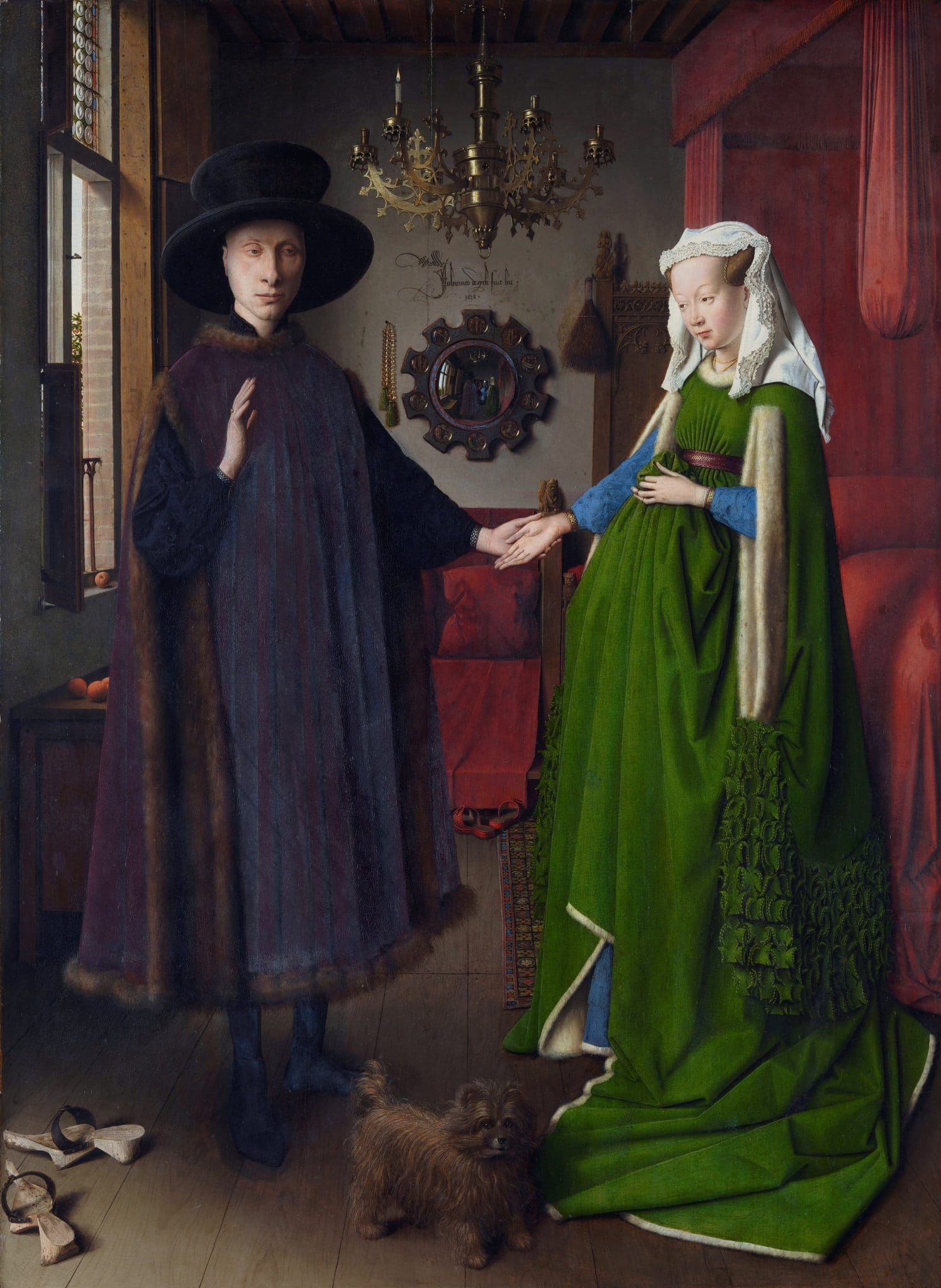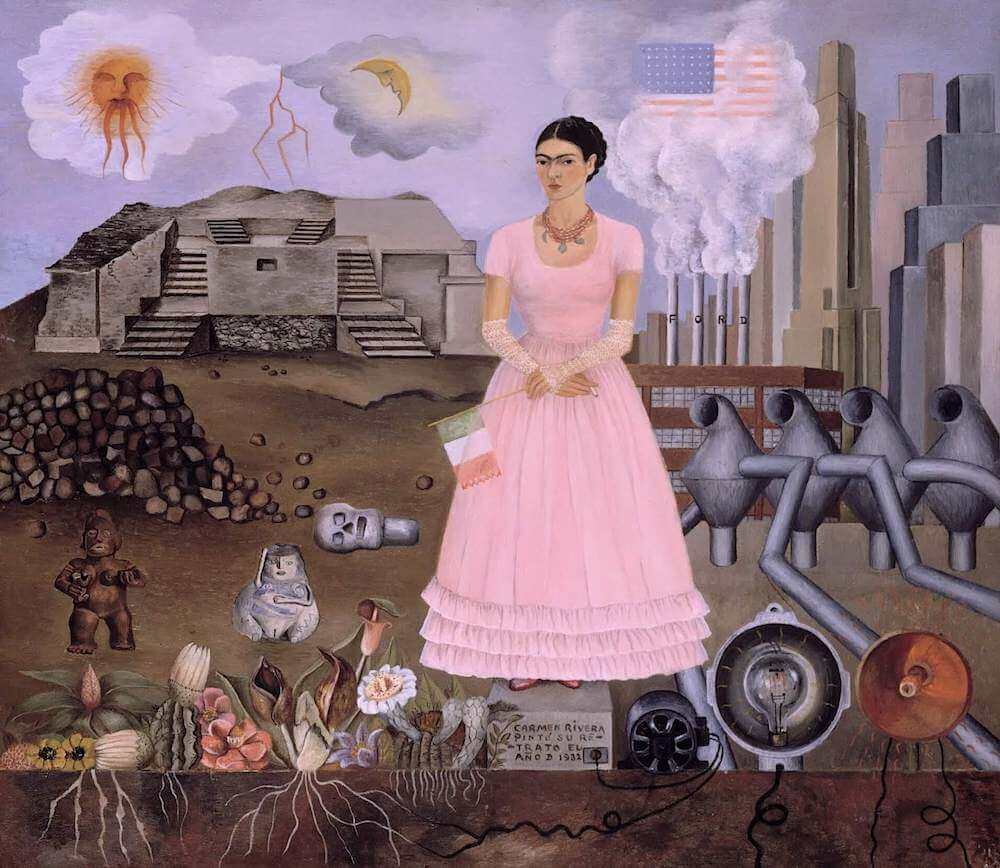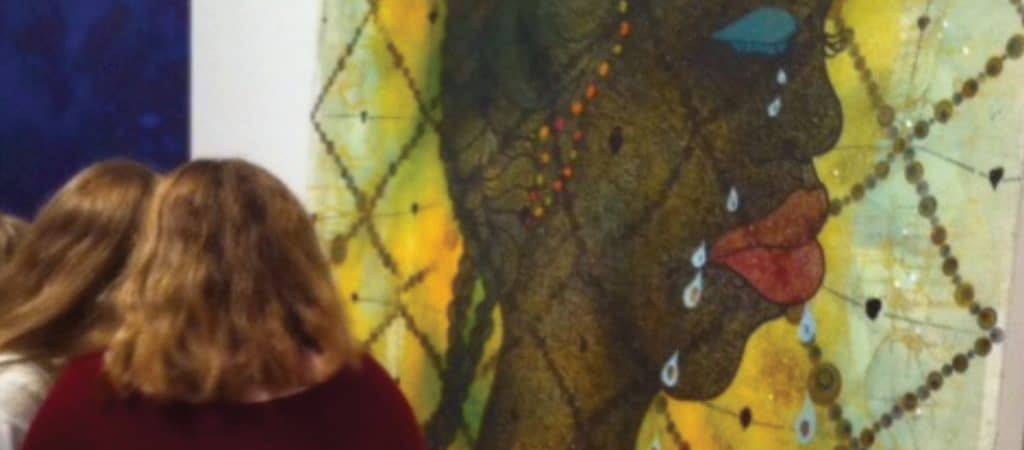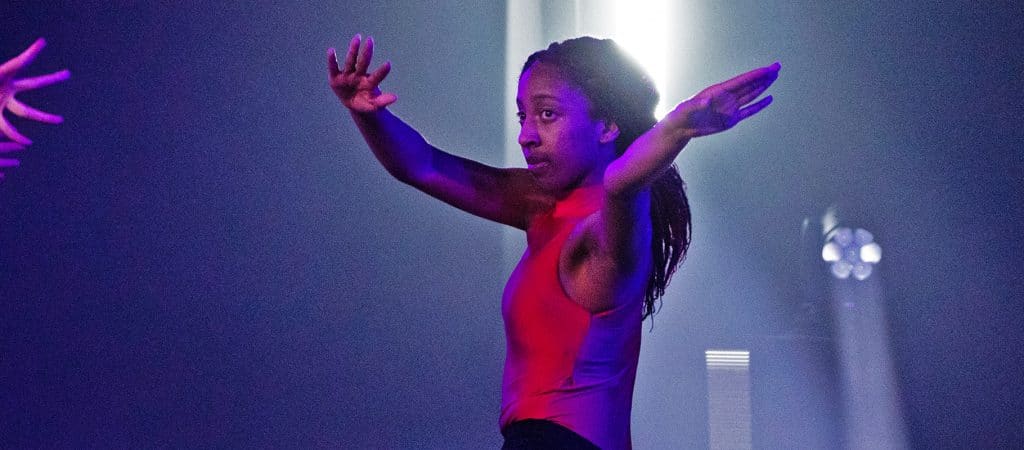The passion of the History of Art Department at Bradfield can so clearly be seen to filter down to their pupils, reflected in our intense engagement and discussion both inside and out of the classroom. Through History of Art, we do not just look at art, but we explore theology, politics, history, maths and many other fields. Although Mrs Bond has only been teaching me for a year and is so sadly leaving Bradfield this year, it is clear her absolute dedication to both us and the subject are second to none. The ancient Greek philosopher, Heraclitus stated that “The only constant in life is change” and nothing embodies this phrase more than History of Art. The History of Art Department will experience a momentous change next year and we wish Mrs Bond well.
One way in which I shall demonstrate the positive nature of change through the lens of History of Art is by revealing how paintings can convey the transformation of views surrounding gender, not just artistically but societally through Van Eyck’s Arnolfini Portrait and Frida Kahlo’s Self Portrait on the Borderline between Mexico and the United States. These paintings act as juxtapositions of each other and their portrayal of women in society, 600 years apart.
Having studied Jan van Eyck’s Portrait of Giovanni Arnolfini and his Wife, painted in 1434, we explored how the artist conveys the outward identity of the couple as well as their roles and positions in society. Already from the title we are shown that ‘his wife’ is his accessory and a commodity for him to show off. Women in the 15th century in both Lucca, where Giovanni is from, and Bruges, where he later moved to in order to become a luxury textile merchant, would have been valued with their dowry and marriages arranged at very young ages when they reached puberty. To us today this appears to objectify the woman by placing a monetary value on her as well as suggesting her role in society as being limited. However, the title alludes to the ambiguity of her identity is she his first wife, Constanza Trenta or more likely his second wife, Giovanna Cenami?
Cenami’s generalised and uncharacterised face stands in contrast to her husband’s own distinctive features. She is not an individual like him but instead, ‘a type’. This is a reflection of society at the time, as her physical identity is much less important than his. Arnolfini is there to be recognised and praised, Cenami is a decoration. As Richard Stemp states, “it is a portrait of him, not her.” Cenami is presented as the ideal Northern European, 15th century beauty. Van Eyck is using his artistic imagination to present her as it was not appropriate for a woman to model for a man and therefore is not painting her from life, but as a generalised beautiful woman. As well as her pale and unblemished skin, high forehead and elaborate auburn hairstyle, Cenami shows off her elegant pear-shaped body. This recognisable feature combined with the domestic background of a bedroom leads us to believe that in fact this portrait could be a celebration of her fertility and a commemoration of two proud soon-to-be parents with Cenami just as significant as her husband. However, this is not the case as she is not pictured pregnant. Having a full stomach alludes to her fertility, a considerably desirable trait in a woman at the time. Her husband is showing her off in the portrait as a human whose function was to have a child and play her only substantial role in society. Cenami’s lowered head denotes her submission to her husband as a way of conveying her virtue, also regarded as positive.
Cenami’s oppression comes from beyond her physical depiction and moves into the symbolic display of her role in a 15thcentury, European society. Her virtuosity is further conveyed in the representation of the dog in the foreground, an icon of faithfulness and loyalty to remind Cenami of how she should act towards her husband. Their roles in the bigger picture of life are shown through their positions within the small room. Giovanni next to the window, a symbol of the outside world where he lives and works as a merchant but Giovanna instead, rooted next to the ornate bed in the room, a symbol of reproduction and childbirth. She is expected to work in the house and maintain the domestic infrastructure to allow for her husband’s success. This is reinforced by the brush in the background, on the side of Giovanna showing her domesticity as well as the small statue of Saint Margaret, the patron Saint of childbirth and fertility. Stemp reiterates that she “has a role, not an identity.”
Arnolfini’s domination over his wife Giovanna is both physical and intangible. Societal gender constructs were inescapable for both male and female. The world of business was vastly limited to men whilst the women were preoccupied with their domestic roles. Art shows us how our society used to function and allows us to look to the future and change what we think must be changed. This is what helps us progress; to take advantage of constructive development in order to reap its benefits.







